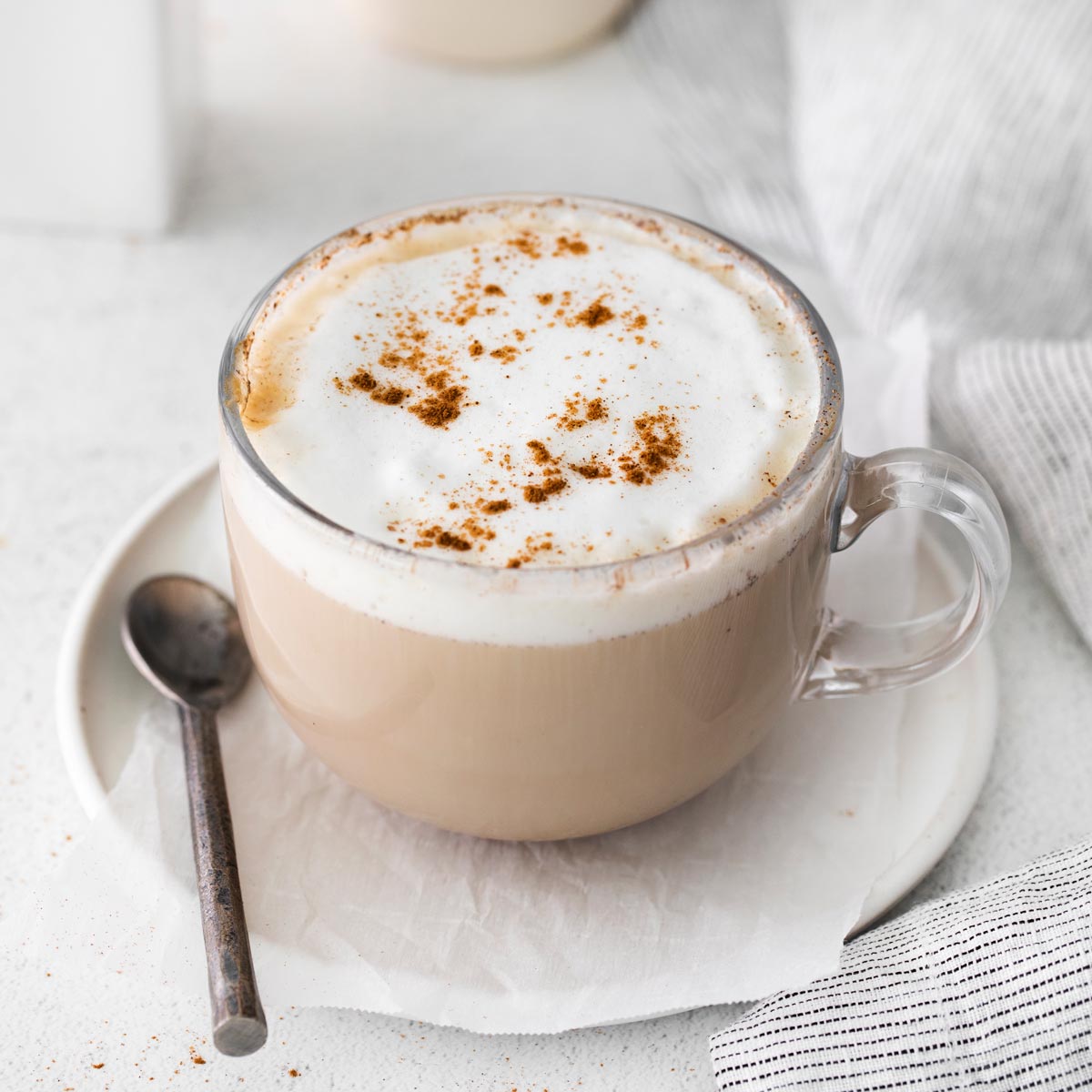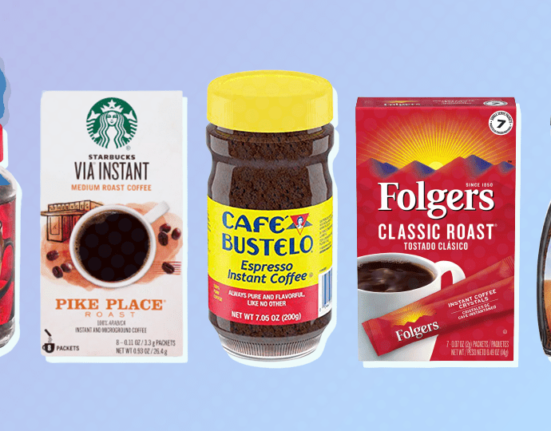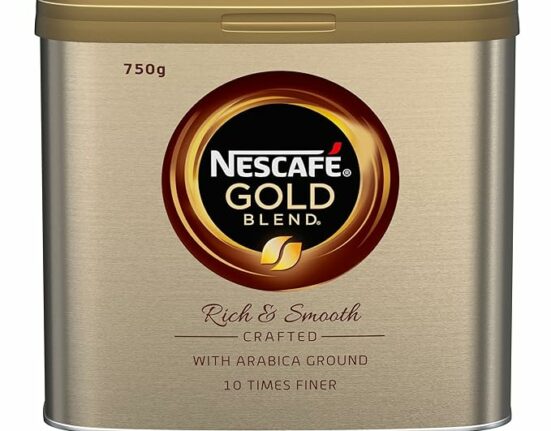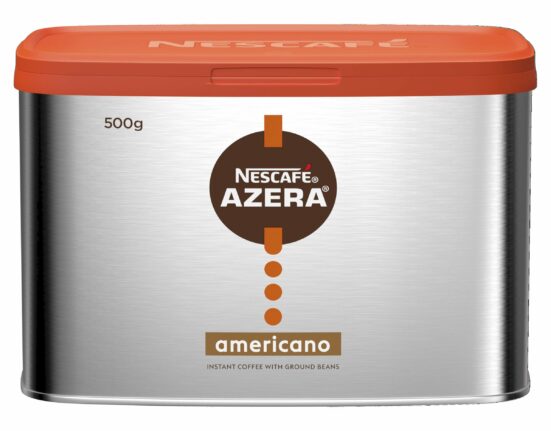In the contemporary gastronomic landscape, few beverages embody the charming sophistication of a French vanilla cappuccino. This exquisite drink, characterized by its harmonious blend of frothed milk, robust coffee, and the sweet, aromatic essence of vanilla, serves as a testament to both culinary artistry and communal experience. Although often enjoyed in cafes or at home, the interpretation of this classic beverage can vary greatly depending on geographical and cultural influences.
Within the realm of coffee culture, the French vanilla cappuccino stands out not only for its flavor but also for the distinct experience it offers to a diverse range of consumers. As coffee aficionados and casual drinkers seek to enhance their daily rituals, understanding the plethora of contents associated with this beverage becomes paramount. The following sections delve into the multifaceted nature of the French vanilla cappuccino, exploring its preparation techniques, cultural significance, and innovative adaptations that continue to captivate palates across the globe.
Understanding the Art of Preparation
The creation of a French vanilla cappuccino is an undertaking that transcends mere recipe-following; it is an art form that mandates precision, passion, and a profound appreciation for the raw ingredients involved. The foundational components are simple: high-quality espresso, velvety steamed milk, and a notable vanilla infusion. However, the path to an impeccable cup necessitates meticulous attention to each step of the process.
At the heart of this beverage lies the espresso. It serves as the soul of the cappuccino, providing the deep, rich base that contrasts with the sweetness of the vanilla. An optimal espresso shot is characterized by a crema that is thick and golden-brown, the result of finely ground coffee beans prepared under high pressure. For those venturing into home preparation, selecting ethically sourced coffee beans, ideally from single-origin farms, can greatly enhance the quality of the resulting espresso.
The role of milk is equally crucial in the crafting of a French vanilla cappuccino. The milk must be heated to the perfect temperature, allowing for the creation of microfoam—a silky, foam consistency that integrates air, lending the drink its signature texture. In recent years, a growing trend has emerged wherein non-dairy alternatives, such as oat or almond milk, have gained popularity. These alternatives not only cater to dietary restrictions but also invite variations that can contribute distinct flavors and textures.
Infusing the vanilla essence into the cappuccino can be achieved through several methods, each imparting a unique profile to the drink. Options range from using pure vanilla extract, which delivers intensity, to incorporating vanilla syrup for a sweeter touch. Some artisans even experiment with vanilla bean paste, allowing the physical presence of vanilla flecks to enrich the visual and sensory experience. The alchemy lies in balancing these flavors—ensuring that the sweetness complements rather than overwhelms the inherent robustness of the coffee.
The Social and Cultural Dimensions
Beyond its sensory attributes, the French vanilla cappuccino serves as an emblematic representation of social interaction and cultural exchange. Historically, cafes have acted as vibrant hubs for intellectual discourse, artistic expression, and communal bonding. The act of ordering or sharing a cappuccino is often steeped in cultural significance—whether it be the leisurely afternoons spent in a Parisian café or the bustling morning rituals in a New York coffeehouse.
In many global contexts, the French vanilla cappuccino transcends its culinary roots to become a social medium. Groups gather around tables, exchanging ideas and fostering relationships, while the serve of cappuccino becomes a vessel for connection. Coupled with the burgeoning trend of artisanal coffee, coffeehouses often engage in storytelling, with proprietors sharing the provenance of their coffee or the artistry behind their drink-making techniques. This not only deepens respect for the drink itself but also begins to weave a narrative of community into the experience of enjoying a French vanilla cappuccino.
Imported from the traditional Italian cappuccino, the introduction of vanilla to this blend is reminiscent of broader shifts in global palates. As cultural traditions intermingle, flavors evolve, leading to the contemporary cappuccino that infuses creativity with tradition. The presence of French vanilla indicates both a geographic departure from the original beverage and a nod to the modern consumer’s desire for sweet, indulgent flavors.
Innovations and Modern Adaptations
The rise of artisanal coffee movements alongside advancements in culinary technology have birthed an era of innovation in beverage crafting, in which the French vanilla cappuccino continually undergoes reinvention. In cafes, one might encounter variations that incorporate unique flavor profiles, such as seasonal spices, or even creative toppings like whipped cream and flavored syrups. Emerging trends indicate a keen interest in exploring chai or matcha-infused adaptations, blending cultural influences to refresh the traditional drink.
Furthermore, the burgeoning realm of social media has transformed the way consumers engage with their coffee. Coffee enthusiasts frequently document their adventures through vibrant photographs and captivating narratives that highlight each ingredient’s journey. This phenomenon has not only fostered a community around coffee culture but has also prompted cafés to elevate their aesthetic and product offerings dramatically. Therefore, a cup of French vanilla cappuccino has now become as much about the experience and presentation as it is about flavor.
Alongside flavor enhancements, there is a growing awareness of the environmental impact associated with coffee production. Many consumers now prioritize sustainability, leading cafes to source organic or Fair Trade coffee beans and eco-friendly packaging. There is a palpable shift towards transparency in the coffee supply chain, encouraging a symbiotic relationship between consumer choice and ethical practices.
The Future of French Vanilla Cappuccino
As palates evolve and cultural influences continue to converge, the future of the French vanilla cappuccino remains ripe with possibilities. This beverage embodies a perfect intersection of heritage and innovation, bridging traditional coffee practices with modern culinary techniques. It serves as both a comforting daily indulgence and a platform for conscious consumerism, prompting critically engaged discourse around flavor, sourcing, and sustainability.
In conclusion, the French vanilla cappuccino transcends its role as merely a beverage; it encapsulates a narrative rich with complexity, diversity, and evolving cultural significance. As consumers navigate the multifaceted world of coffee culture, an appreciation for the artistry and intention behind every sip can cultivate a deeper connection to the beverage, enhancing the overall experience of enjoyment. Whether sipped alone or shared with friends, each French vanilla cappuccino holds the potential to nurture connections, provoke thought, and indulge the senses in ways both familiar and innovative.








Leave feedback about this